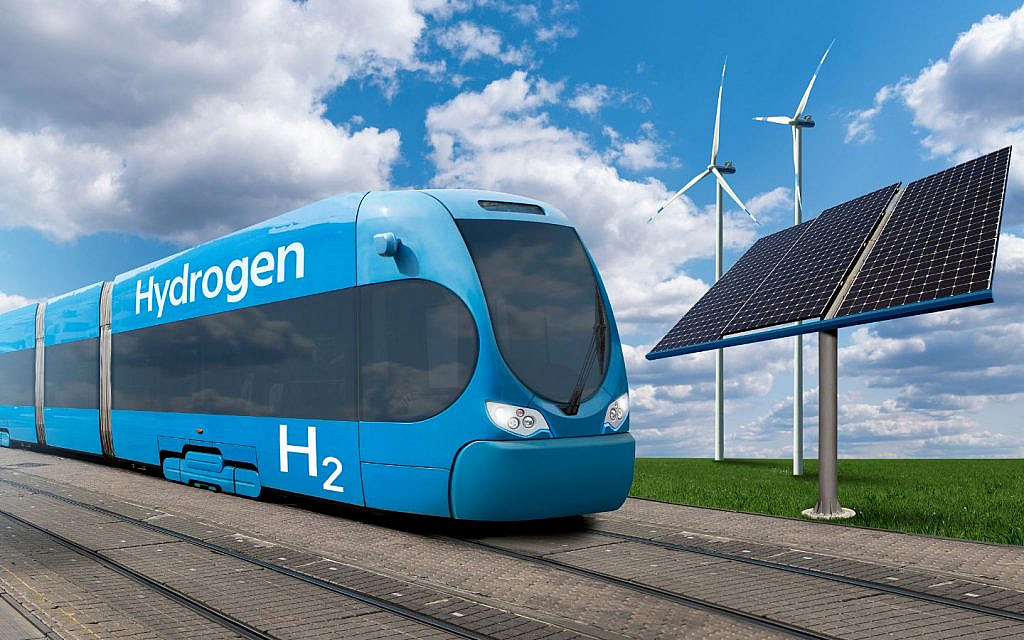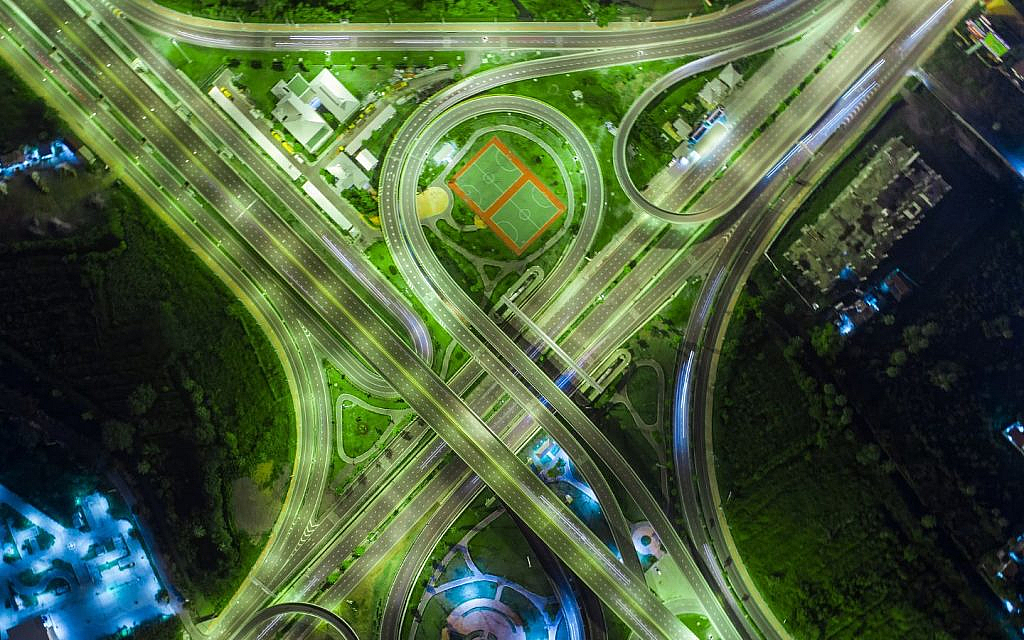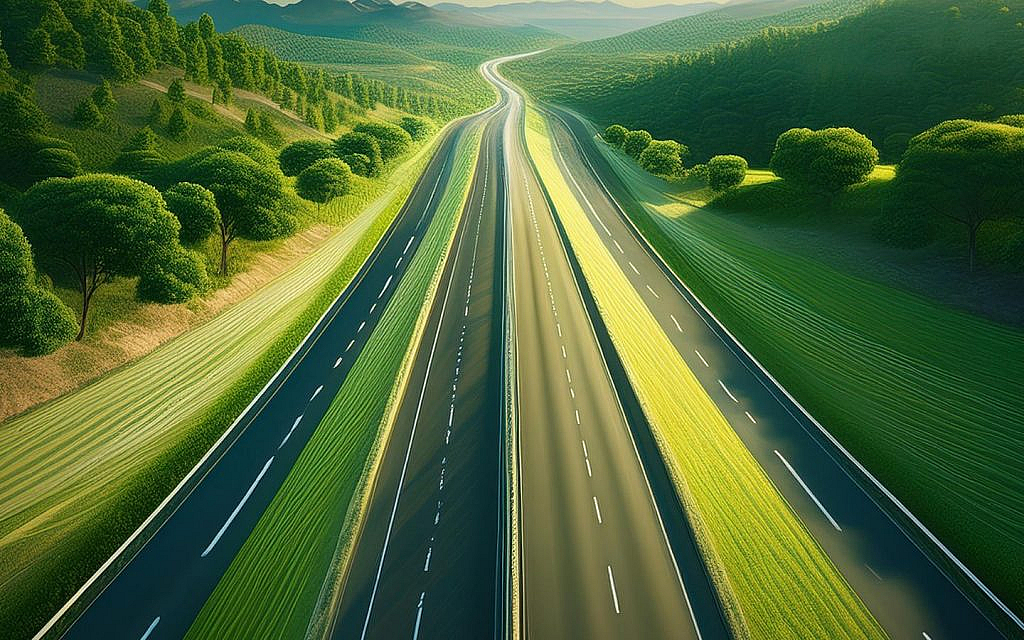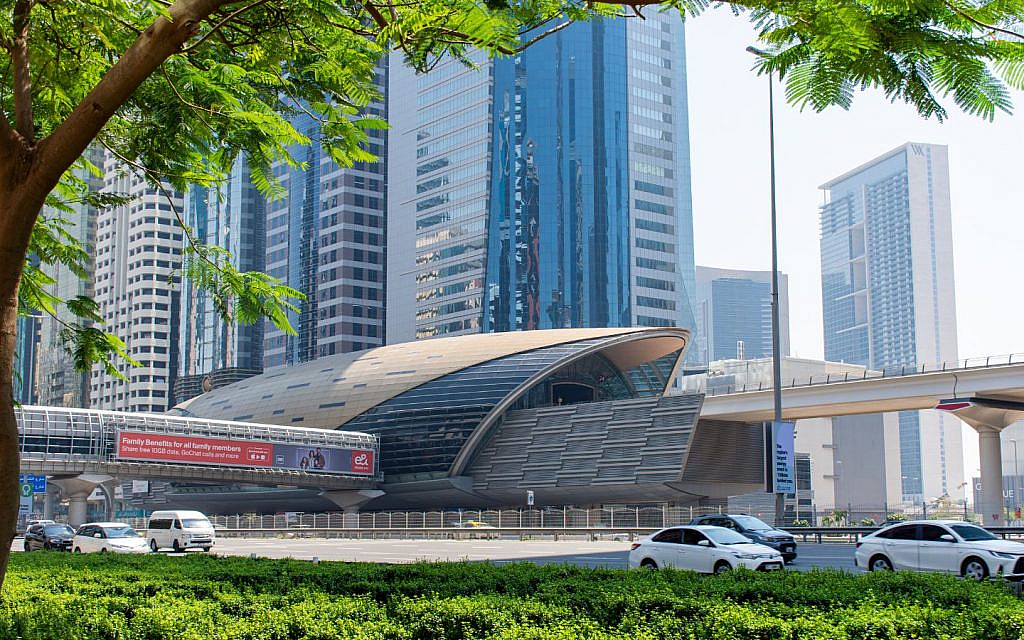Dubai Unveils Plans for World’s Greenest Highway
Dubai has taken another step forward in its commitment to sustainability by announcing plans for the world’s greenest highway. This exciting project, designed by the urban design firm URB, adds to the city’s impressive list of achievements, which already includes the deepest pool, tallest building and highest hotel. Here’s a closer look at the details behind the world’s greenest highway in Dubai.
Dubai to Build the World’s Greenest Highway

URB’s conceptual designs for the Green Spine Project will convert Sheikh Mohammed Bin Zayed Road (E311) into a 64-kilometre sustainable corridor. When completed, the Green Spine will feature autonomous, solar-powered trams, supporting smart traffic management. These trams will connect neighbourhoods from Muhaisnah to Dubai Industrial City.
Looking ahead, Dubai aims to become a 20-minute city, where residents can travel anywhere by foot or bike within 20 minutes. This project also aligns with the Dubai Urban Master Plan 2040.
In-Depth Plan Unveiled for Dubai’s Groundbreaking Green Highway

Amid Dubai’s rapid growth, the Green Spine is more than an infrastructure project—it’s a strategic move to create a greener, more livable city. By transforming one of its major roads into a multifunctional public space, the project will introduce extensive greenery, promote walking and cycling and use renewable energy, reducing the city’s carbon footprint. Other steps taken towards the initiative taken previously include Dubai’s eco-friendly bus depots.
As for Dubai’s world’s greenest highway, with an estimated cost of over AED 36 billion, the plan includes planting over a million trees, along with urban farms and gardens, to encourage sustainable living. These features will improve air quality, reduce urban heat and provide safe, attractive routes for commuting and leisure. Naturally, this will enhance the city’s livability.
The developers of the project emphasised that Dubai’s greenest highway challenges traditional infrastructure, proving that streets can do more than carry cars—they can improve quality of life. This project prioritises people and green spaces, transforming urban spaces into healthier environments that act as the city’s lungs and arteries.
Beyond improving mobility, the Green Spine will create a thriving environment, representing the future of urban planning focused on well-being and connectivity.
To maintain a green Dubai, the auto industry has started using sustainable automotive materials. Besides, here are the details for sustainability and conservation tips in Dubai.
Features of the Upcoming Green Spine Project

The self-driven solar-powered tram is just one component of the upcoming highway. Apart from the tram, there is a plan to work on a network of green spaces, parks and overpasses. All of this will improve the city’s walkability and connectivity.
The highway will also feature smart technology, including IoT-enabled infrastructure, real-time traffic management and energy-efficient buildings.
The project design includes 300-megawatt solar panels and storage systems built into the tracks to power the tram and generate clean energy for about 130,000 homes. The green spaces, including parks and community gardens, will accommodate one million trees, helping to cool the city and improve air quality.
This integrated approach ensures the corridor not only meets current needs but is also ready for future technological and environmental changes. By creating a continuous linear park with commercial and cultural hubs, the Green Spine will drive economic opportunities and foster community interactions, connecting diverse neighbourhoods into a unified urban landscape.
Educational, recreational and cultural programs along the Spine will engage communities, turning the space into a dynamic hub for social and cultural exchange. Through its blend of functionality and design, the Dubai Green Spine aims to reshape the urban environment.
Key Facts for the World’s Greenest Highway in Dubai

Here are the important facts pertaining to Dubai Green Spine.
- 64 km sustainable urban corridor
- Generates 300 megawatts of solar energy
- Supports biodiversity with 1 million trees
- Aligned with the Dubai 2040 Urban Master Plan
- Encourages non-motorized transport options
- Drastically lowers the city’s carbon footprint
- Strengthens community connectivity
- Features urban farms and gardens
- Includes porous drainage systems for water management
FAQS
What is the Dubai Green Spine Project?
The Green Spine is a 64-kilometre sustainable urban corridor along Sheikh Mohammed Bin Zayed Road, designed to promote green spaces, smart transportation and renewable energy. It will also enhance walkability and connectivity in the city.
What are the key features of the Green Spine?
The project includes 1 million trees, solar-powered trams, extensive parks and community gardens, urban farms and smart technology like IoT sensors for traffic management. It aims to improve air quality, reduce urban heat and lower the city’s carbon footprint.
How does the project align with the Dubai 2040 Urban Master Plan?
The Green Spine aligns with the Dubai 2040 Plan by focusing on sustainability, improving public transport options, enhancing community connectivity and reducing car dependency to create a more livable, human-centric city.
What role does renewable energy play in the project?
The Green Spine will generate 300 megawatts of solar power, which will be used to power the autonomous trams and supply clean energy to approximately 130,000 homes. This will naturally help Dubai meet its sustainability goals.
That is all about the upcoming world’s greenest highway in Dubai. Those who decide to use public transportation to reduce their carbon footprint can go through this guide on public transport in Dubai. Moreover, the RTA strategic plan for 2024 – 2030 is also geared towards transforming the city in a more sustainable one.
Besides, there is another Dubai green mobility strategy 2030, that aims to develop 1000 electric car stations by 2025. Those who don’t prefer public transport can explore this list of used cars for sale in Dubai and choose a car that will help keep a minimum carbon footprint.
Stay tuned to dubizzle’s property blog for more on different projects launching in the UAE.
Cover Image Credits: URB official website.
Comments
Post a Comment